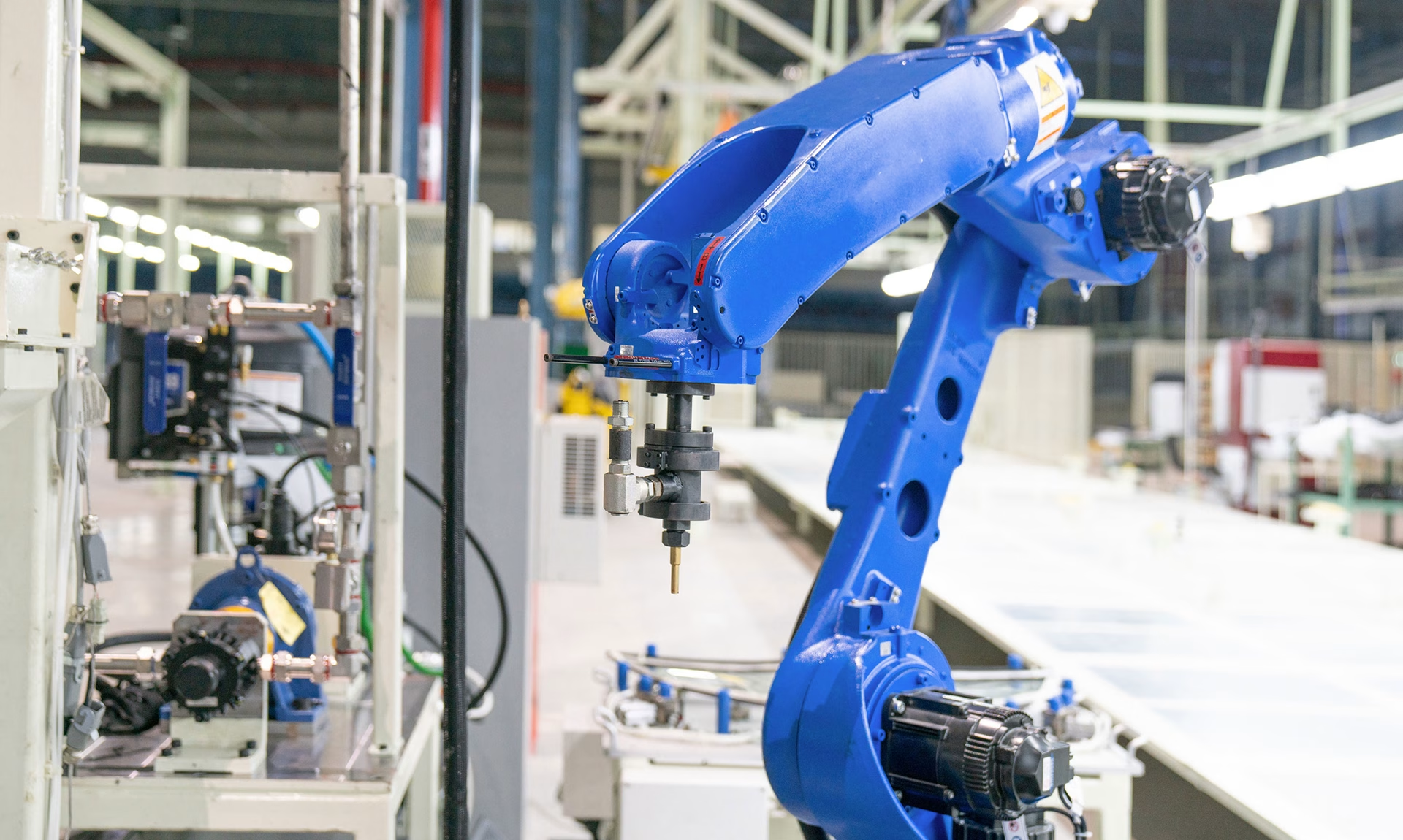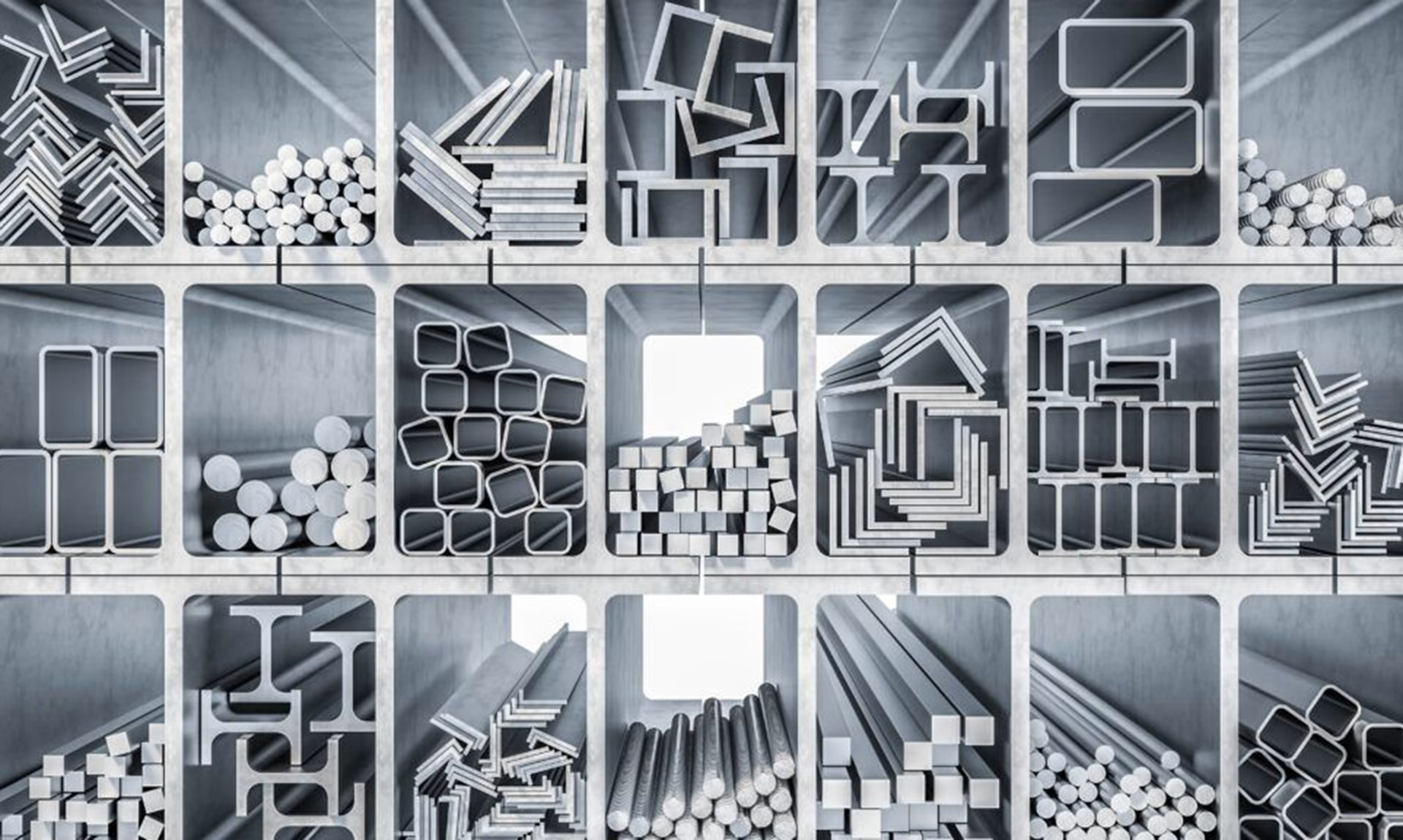How Robotics and Automation Are Redefining Façade Manufacturing
In the past, façades were crafted by hand, with painstaking precision. Today, robotics and automation are reshaping how the skin of our buildings is designed, produced and installed – ushering in an era of unprecedented efficiency, consistency and creative freedom.
From craftsmanship to automation.
Façade manufacturing has always been labour-intensive. Cutting, assembling and finishing aluminium profiles, glass panels and cladding required large teams of skilled workers. While craftsmanship remains crucial, automation is increasingly handling repetitive and high-precision tasks, allowing human expertise to focus on design and problem-solving.
Robotic arms now cut and weld aluminium frames with micron-level accuracy. Automated glazing lines handle large glass panels that would be unmanageable by hand. Conveyor-based systems ensure rapid assembly while maintaining consistent quality standards.
Speed and scale.
One of the greatest advantages of robotics is scalability. Automated lines can operate around the clock, reducing production times and costs. For major urban projects, where hundreds or even thousands of façade modules are required, this speed is transformative.
The result is shorter lead times for developers and more predictable project schedules – a critical factor in an industry often plagued by delays.
Precision and performance.
Automation is not just about speed; it is about performance. Consistency in coating thickness, sealing application and material cutting reduces the margin of error, ensuring façades perform to the highest standards of energy efficiency and durability.
In Europe, where regulations on thermal insulation, fire safety and sustainability are becoming more stringent, automated manufacturing provides the reliability needed to meet and exceed compliance benchmarks.
Opening design possibilities.
Perhaps surprisingly, robotics also expand creative potential. With digital fabrication tools, architects can design façades with complex geometries or customised patterns that would once have been prohibitively expensive. Automation makes bespoke design commercially viable at scale.
Parametric modelling linked directly to robotic production allows for fluid, organic shapes to move from concept to construction without compromise.
Human–machine collaboration.
The rise of automation does not signal the end of human craftsmanship. Instead, it marks a shift in roles. Skilled workers are retraining as machine operators, programmers and quality controllers. Their knowledge of materials and assembly remains vital, but is now enhanced by digital tools.
This collaboration between human expertise and robotic precision is creating a hybrid model of production – one that values tradition while embracing technology.
Towards a sustainable future.
Automation also plays a role in sustainability. Optimised cutting patterns reduce material waste. Robotics minimise rework and errors, lowering embodied carbon. Automated logistics integrate with supply chain management, reducing transport inefficiencies.
In this sense, automation is not just a productivity tool; it is a pathway to more resource-efficient, sustainable façades.
Conclusion.
The façade has always been the architectural element where technology and artistry meet. With robotics and automation, that relationship is entering a new chapter. Buildings of the future will not only be clad faster and more precisely but will also reflect a new synergy between human creativity and machine intelligence.
In the transformation of façade manufacturing, automation is not replacing imagination – it is amplifying it.
Share This Story
news via inbox
Your source for the latest news in the fenestration industry.




